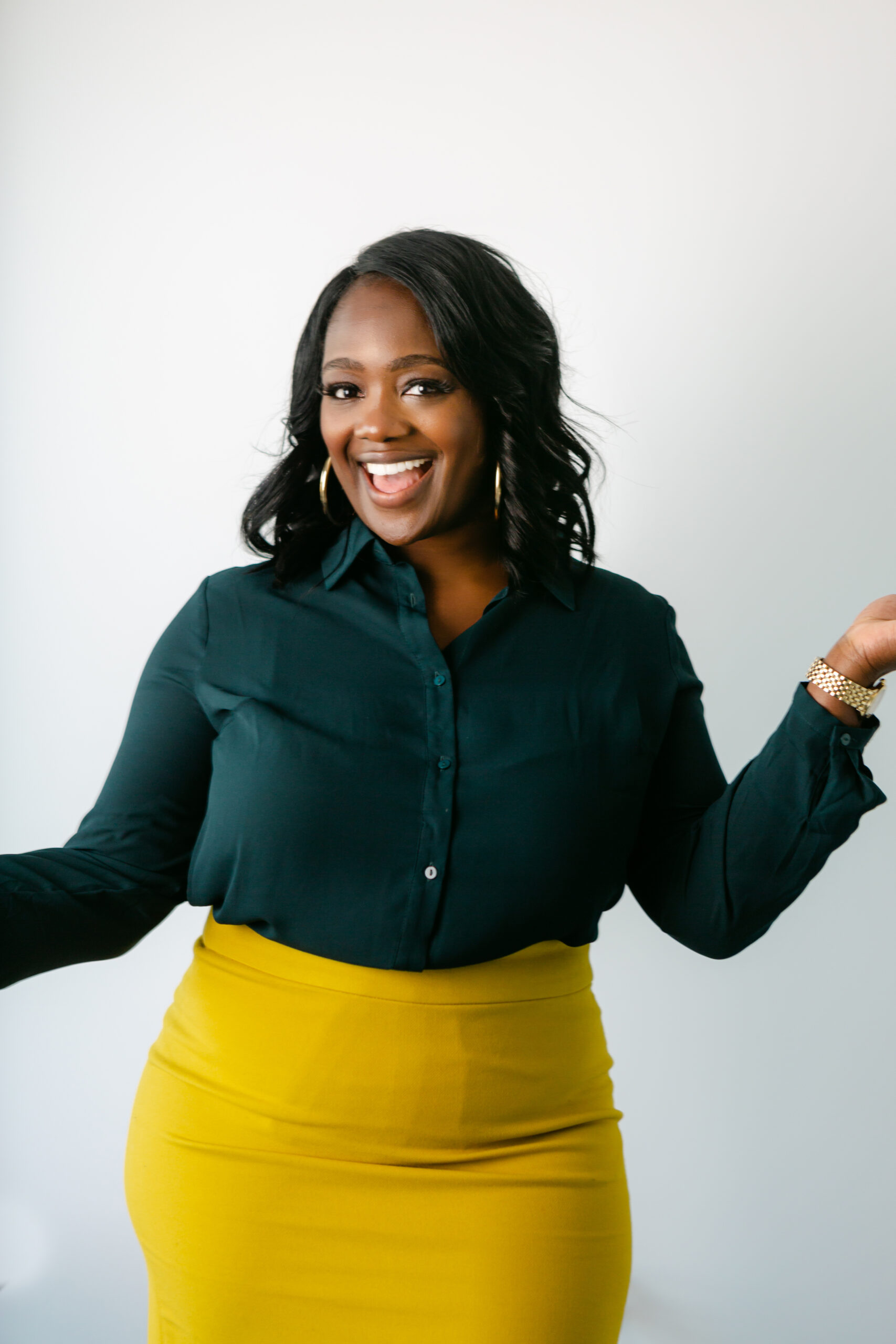
PROMISING PRACTICE: TAKING AN EQUITY PAUSE
The pandemic has challenged us in many ways. When the experience of school, work, and home changed forever on March 18, 2020, we were called to act quickly in pursuit of finding normalcy amidst chaos. I found myself, like most of my colleagues in the education space, scrambling to make sense of it all and to find workable solutions to a problem we had literally never seen. To add insult to injury, the terror and trauma imposed by the divisiveness of anti-black racism only deepened the wounds three months later with the public lynching of George Floyd. Despite the internal turmoil and external pressures, we had to keep building solutions to address the compounding problems before us.
In the CityBridge Incubator, we work with solution-designers, individuals, and teams who have a shared focus on designing a more equitable future for DC’s young people. These are leaders who see obstacles and believe that they can be removed or transformed. In our practice, deeply informed by the equityXdesign framework, we teach our designers to slow the pace of solution-building to become more aware of how their identities, experiences, and perspectives shape their interaction with the problem. This deliberate moment is called an equity pause.
An equity pause is an intentional moment to “stop the clock to reflect on our language, ideas, and hunches in the context of a discourse or transformation.” Take, for example, most people’s response in the early days of the pandemic—many of us went into our toolbox and pulled out the solution that was familiar, and we began to execute. Few of us took the necessary moments to reflect on how our bias or experience created blindspots as we created new interventions. What if we stopped the clock, in the midst of transitioning to fully online instruction and asked ourselves questions like: What value can being home with family offer in the instructional environment? (Instead we opted to find ways for home to mirror school.) Or: Is fluency with technology widely held? (Instead we required our youngest students to negotiate multiple online platforms.) How different would our experiences of instruction during the pandemic have been if we had paused?
These moments are brief, yet consistently applied across the solution-building journey. They are intended to elevate the designer to a level of consciousness that spurs more equitable practice in pursuit of transformation. These moments are not intended to promote gradualism. To be clear, there are problems that need immediate solutions, but change that transforms the way we engage in the work of educating young people requires a level of intentionality that our industry rarely provides.
In this reality, it is incumbent upon us to slow the pace and create space to engage our identities. Allow me to inspire your next equity pause by offering a few questions that you can ask yourself in the midst of building:
- How does my identity impact the way I am interacting with this problem?
- How does my experience impact the way I am thinking about the solution?
- Why does this problem exist?
- Am I blaming our most marginalized students or families for this problem?
- Do I only have traditional forms of data at my disposal?
- Who have I engaged to help me solve this? Who have I excluded?
Whether the impact of your problem solving will be felt among a few or many, designers of a more equitable future pause in the midst of solution-building to assess the impact of their lens on what they are building. You can begin this promising practice today.
